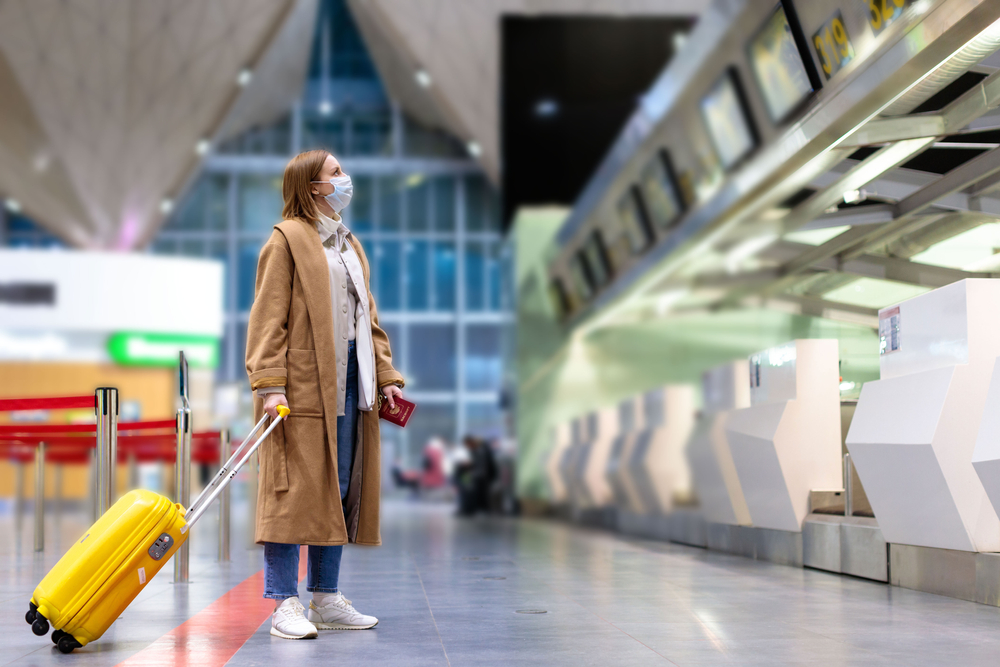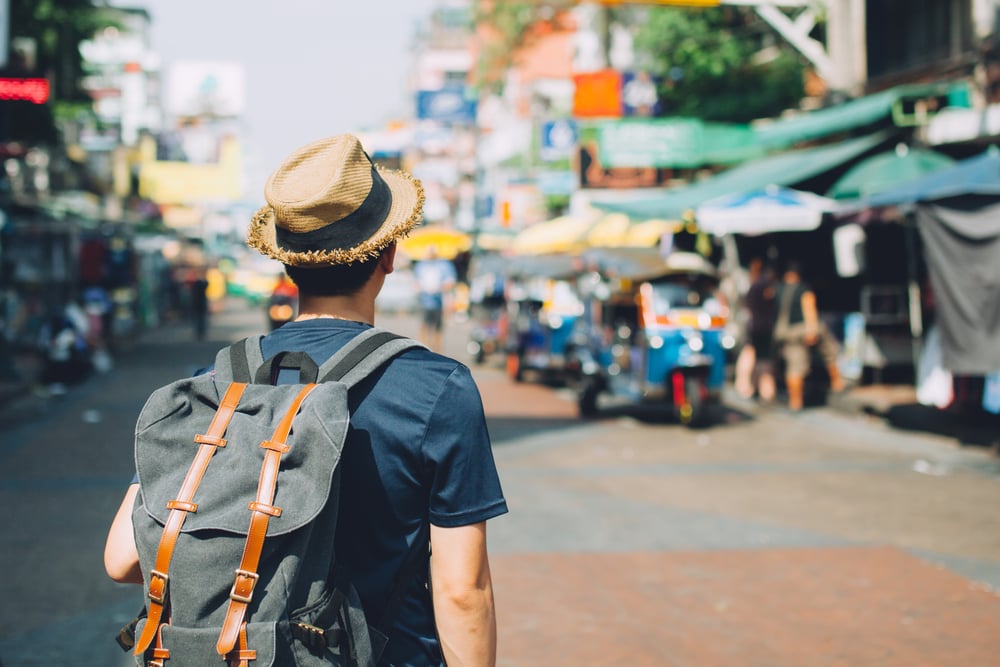The travel industry faces many challenges: lack of brand differentiation, tough competition, economic challenges, traveler apathy, etc. Combined with a fight to recover from the aftermath of COVID-19 — which led to travel and tourism's share of GDP falling to a historic low of 1.71% (down from 2.92% in 2019) — the industry desperately needs a solid marketing strategy to rebound.
Working with marketing experts on a marketing mix in travel and tourism will help you achieve the highest advertising success and ROI. This is because a digital marketing agency for travel will know all the ins and outs of your target audience, which is necessary for successfully reaching them.
To help inspire better marketing for travel and tourism businesses, here is a short guide to marketing your travel brand.
Marketing Musts for Travel Brands
There are a lot of initiatives to take advantage of in marketing, but every channel offers different opportunities to different industries and brands. For travel brands specifically, the following initiatives are marketing must-haves.
Create a Highly Optimized Website
A highly-optimized website can do a range of great things for your travel brand: increase brand awareness, accessibility, reputation, conversions, revenue, and more. Research shows that almost half (48%) of one survey's respondents found that your website determines the credibility of your business. Another study added that this opinion is formulated in 50 milliseconds, so you'll need to make it count with every optimization opportunity. This often includes being:
- SEO-Friendly — to be seen by search engines like Google, you must leverage SEO (search engine optimization) opportunities like using relevant keywords, blogging content, contact information, webpage speed, etc., to appear in the results of relevant searchers. Being SEO-friendly is especially important in travel because hundreds, if not thousands, of travelers looking for offers your travel brand can fulfill — they just need to learn about them to move forward!
- Mobile-Friendly — did you know that 60% of all online searches are done on mobile? If your website isn't optimized for mobile, you could miss out on many opportunities!
- Branded — when you're branded, you're more recognizable and memorable. You're also easily differentiated from other brands, which keeps your travel brand top-of-mind with certain travelers and their friends and family after they spread the word about your incredible offer.
- Attractive — if it only takes 50 milliseconds for a visitor to form an opinion about the credibility of your business via your website, you should not underestimate the importance of making it attractive to the right target audience.
Build Relationships with Email Marketing
Booking travel with an unknown company is a gamble for consumers. With email marketing, you can build relationships that establish credibility and trust with that traveler while encouraging them to spread the word that your travel brand is trustworthy. One study found that nearly half (49%) of consumers prefer brands to communicate with them via email over direct mail. Another report added that 60% prefer email over many other marketing channels.
This is because your brand needs to be able to:
- Gain trust
- Show off expertise
- Promote offers
- Share testimonials
And email is an easy way to do it.
Maintain a Strong Social Media Presence
It is crucial to know where your target audience is and what platform(s) to find them on. You don't need to be on all platforms — just where your target audience is most active.
For instance, many travel brands have found success on:
- TikTok
That said, you'll want to do your own research to ensure these are the top platforms for you. From there, you'll want to incorporate a mix of paid ads, relevant content (videos, images, text, testimonials, etc.) posts, and strategies focused on brand awareness/recognition. When done right, you can benefit from ROIs as high as $65 on Instagram, $55 on Facebook, and $46.26 on Twitter. The same report also noted conversion rates of 1.85% on Facebook, 1.08% on Instagram, .77% on Twitter, and .54% on Pinterest.
Implement Search Engine Marketing (SEM)
Much like SEO, SEM is a crucial component of digital marketing for tourism and travel. This is because it also helps your site rank higher on search engines, so relevant searchers see your travel brand in their search results. However, the difference between SEO and SEM is that SEO refers to the organic changes you make to your site to rank higher in search results. In contrast, SEM refers to paying for ad spots to ensure your brand is one of the first things a relevant searcher sees after an inquiry.
Using a great mix of both in your travel digital marketing ensures your company maximizes your potential for visibility on search engines. A few benefits of SEM for travel companies, in particular, include:
- Reaching relevant searchers immediately (as opposed to the long game of ranking organically)
- Increase visibility and brand awareness
- Boost traffic to your site
- Pay only per action
- Analytics boost your understanding and allow you to optimize your strategy
- Most importantly: you're at the top of the page of relevant searches, meaning searchers see you first when looking for your specific products/services
Market on Multiple Channels
With the internet, it's imperative to be in multiple places at all times. Successful marketing means being everywhere your audience is, whether on search engines, email, social media, OTT (advertising on streaming platforms or devices), etc. While marketing on multiple channels is imperative to your success, doing it wrong can be detrimental.
By this, we mean that you should keep your consumer interactions positive, consistent, and seamless. To do this, you'll need to keep all of your channels integrated under an omnichannel approach. According to several studies, 73% of consumers not only use multiple channels throughout their shopping journey, but 90% also say they want consistent brand interactions on every channel.
McClatchy: Leading Expert in the Travel Space
McClatchy has helped many travel brands reach their full potential in advertising and achieve marketing goals they thought impossible. Our experience and expertise in the travel space, in particular, can help you build all of these strategies and more. This means stronger relationships with the right consumers and more visibility in the market. Reach out to our team to learn more about our capabilities and results.






